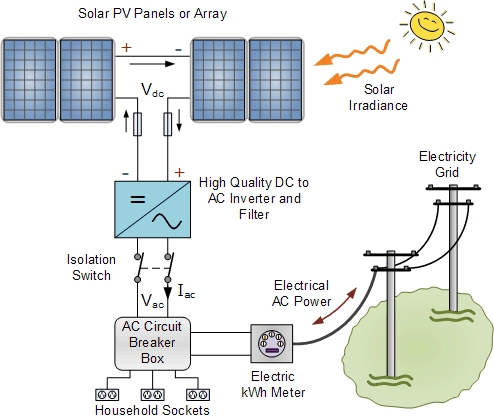Numerical Simulation and Assessment of Improved PV-Wind Hybrid Energy System for Renewable Energy Applications
Main Article Content
Abstract
In today's world, generating power from renewable sources is an alternative. The environment and human ecology are being severely impacted by power generating using conventional energy. There is an abundance of renewable energy across the cosmos. Clean, environmentally friendly, efficient, and dependable energy comes from renewable sources. In the modern world, solar and wind power are becoming increasingly important. The project's goal is to use Matlab/Simulink to create a grid-connected hybrid power generating system that uses both solar and wind energy. The available solar irradiance, sunshine hours, temperature, wind speed, wind direction, and topography are taken into consideration when designing the model. As the world's need for energy grows, attention is given to finding fossil fuels. These fuels harm the environment and are not sustainable. The utilization of Renewable Energy Sources (RES), such as solar energy and wind energy, is crucial due to the scarcity of fossil fuel supplies and harmful environmental effects. Natural resources like solar and wind energy are more widely used and do not diminish with time. Solar and wind energy are alternate energy sources due to their accessibility and ease of acquisition of electric power. The Solar-Wind Hybrid Power System (SWHPS), which combines solar and wind energy, will maximize the benefits of both sources of energy. The most effective use of these natural resources is necessary to generate power and lower the demand on the traditional power producing sector. Utilizing a Solar-Wind Hybrid System with Maximum Power Point Tracking, many approaches are in use (MPPT). For maximal power transmission, the constant voltage approach is employed. To improve the method's stability and effectiveness, it has to incorporate a few essential components work at that point clarifies the investigation of framework structure, and reproduction ideas of the cross breed lattice associated frameworks. Results clarify the structure and recreation of a framework associated sun based pv wind half breed framework for understanding the difficulties in lattice interfacing of mixture wind pv framework.

